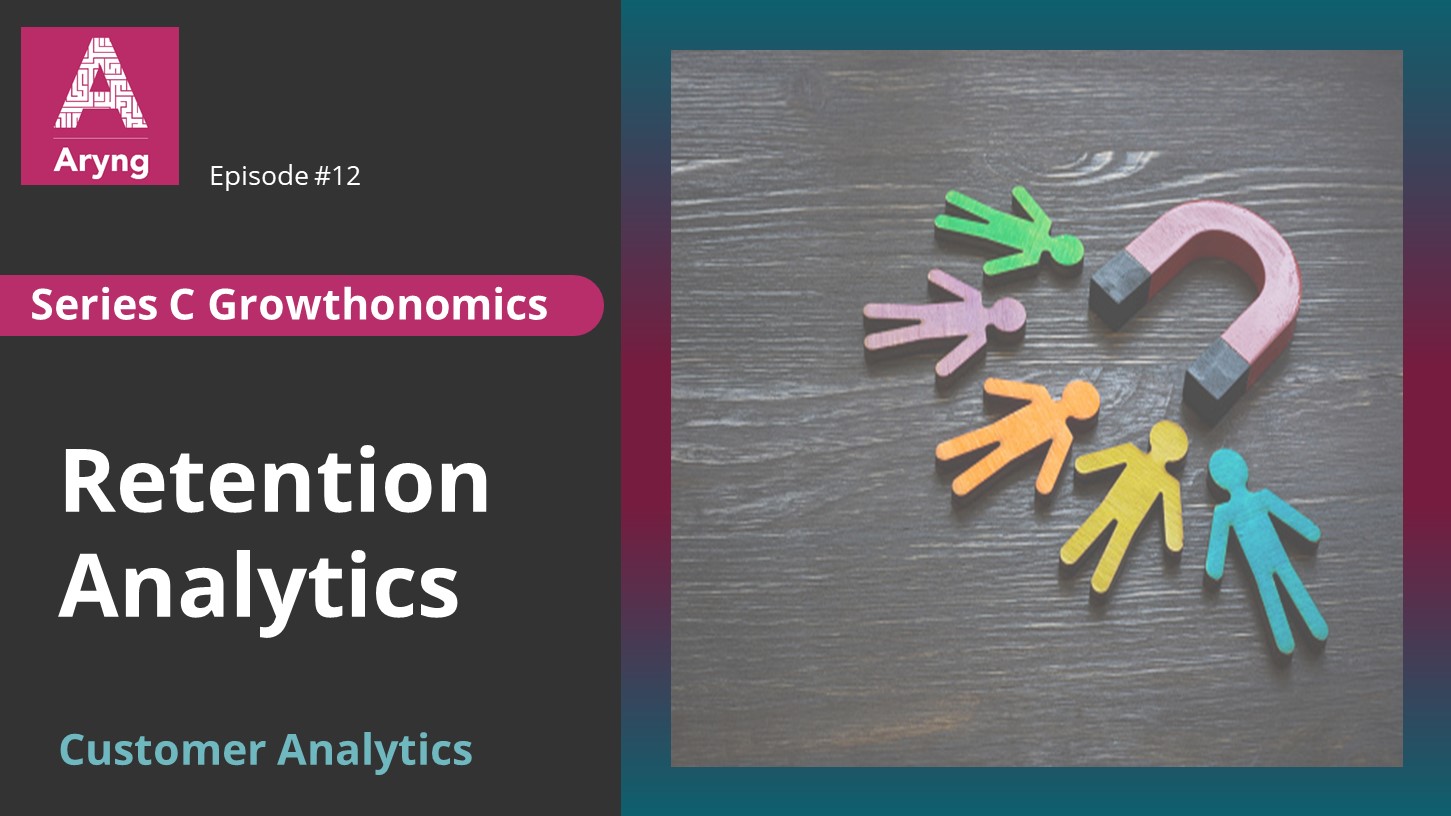Every business needs new customers to grow. Some of these customers continue to buy the business’ product and soon become a valuable part of the company. While acquiring new customers are important, companies also tend to focus on retaining their loyal customers. This practice is called customer retention.
In this process, companies take certain actions to reduce customer defections. Their aim is to retain as many customers as possible through various strategies such as rewards, easy returns or building a better relationship with the customers.
Benefits of customer retention
Companies acquisition is an effective method to increase revenue. However, it costs lot of time, money and resources. Customer retention, on the other hand, is faster, more reliable and cost-effective. Selling products or services to customers who are already loyal does not need that a hard push. They do not need to be convinced or tutored about the product.
This, in turn, increases the customer lifetime value, or the the total revenue a customer generates for a company.
A survey conducted by Invesp Consulting, a company that focuses on increasing the conversion rate for its customers, showed that increasing retention rate just by 5% increases profit between 25% and 95%. Also, the survey showed that existing customer were 51% more likely to buy a new product and spend 31% more as compared to new customers.
It is important to note that companies must first build a loyal customer base through acquisition before they can focus on retention.
Customers retention strategies
Companies employ several ways to retain customers. Here are a few ways to do so.
- Social media interaction: Companies can interact with their customers on social media platforms such as Facebook, Instagram, Twitter, etc. They can share their experiences with them or ask customers to do so. This can help customers develop a bond with their company.
- Mapping customers’ journey: A customer’s journey in a company is not likely to be mapped with a straight line and expected to be filled with many bumps and curves. The company needs to map the customer’s journey so as to understand their likes and dislikes to serve them better.
- Value proposition: A company needs to show that it is not just another corporate trying to solely make money but is a solution to a certain problem. This can vary from a lot of things – tackling climate changes, battling mental health disease, removing clutter from market, standing up for environmental issues or gender equality. Customers are likely to interact with the business if they feel they have an ideal that they share.
- Customer feedback: An organization cannot solve the problems of its customers if it does not know about them. It is crucial to get feedback from their customers and share them with the rest of the team. This was you can address their problems, increasing their changes of staying back.
- Rewarding customers: If customers know they will receive some loyalty award, they will come back to shop again. Companies, however, need to ensure that the award is valuable.
- Training: This is quite simple – companies need to train their customers retention team. If they are not trained, more mistakes are likely to pop up, reducing the retention rate.













